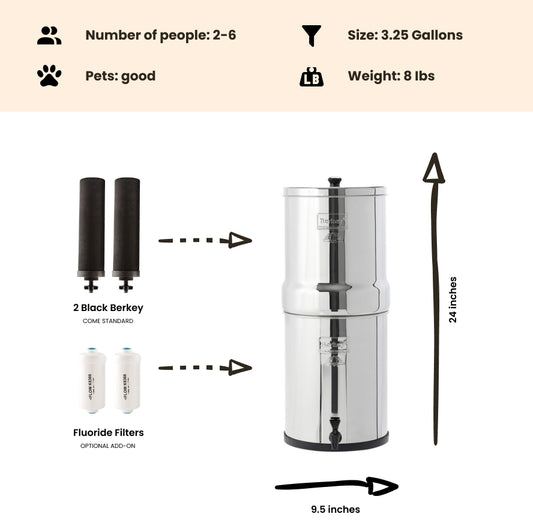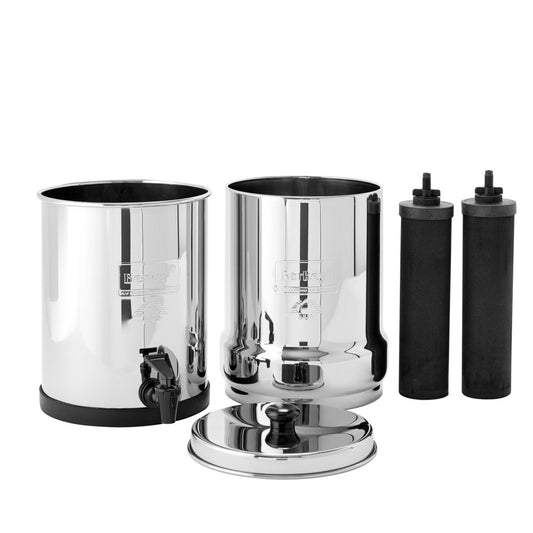
Greening Hydroelectric Power
By Dan DeBaunShare
Although hydroelectric dams may have several environmental disadvantages, we cannot rule out the fact that these dams will continue to be significant sources of renewable energy for our planet. The best way forward – considering that dam removal is costly, and not always an option – is to propose methods for improvement. But how?
Reassessing Dams
One proposed solution by conservation groups, such as American Rivers, is that existing dams should be revisited in order to examine them to come up with possible ways to maximize their efficiency, while at the same time ensuring responsible operation, and environmental friendly performance. They suggest that dams that were built some years ago should be re-examined to determine whether they are still efficient at generating power. Dams that are no longer serving their purpose should be removed rather than left to impair the environment. Alternatively, they should be upgraded with modern technology to improve their efficiency. Money should be channelled into making existing dams more efficient at providing power, rather than being spent on the construction of new dams.
With proper planning, some of the negative environmental effects caused by hydroelectric plants can be mitigated. By designing and constructing the plant in such a way that water, and the nutrients that it carries, is allowed to continue its journey downstream – allowing fish and other aquatic organisms to move freely past the barrier created – would go a long way to retain the ecological functioning of the river system. Responsible dam management is also key. By mimicking natural patterns of the river in terms of seasonal flow rates, dam managers can effectively retain an ecologically sound ecosystem. If water does not need to be retained in reservoirs for drinking purposes, this can be achieved by constructing diversion hydroelectric plants, rather than reservoirs. A diversion hydroelectric plant obtains water from the river via a channel, to generate power without restricting the downstream flow of water.
Dam Busters
To date over 1000 dams have been removed across the United States due to sediment build-up, safety and/or environmental concerns, or due to them being inefficient or having outlived their usefulness to society. A paper that was recently published in Science shows that river systems are resilient and once a dam is removed, they recover relatively quickly.
"The apparent success of dam removal as a means of river restoration is reflected in the increasing number of dams coming down, more than 1,000 in the last 40 years," said Jim O'Connor, a geologist with the U.S. Geological Survey, and lead author of the paper. "Rivers quickly erode sediment accumulated in former reservoirs and redistribute it downstream, commonly returning the river to conditions similar to those prior to impoundment."
Studies have shown that river channels typically stabilize within a few months or years rather than decades, especially if dam removal occurs quickly.
"In many cases, fish and other biological aspects of river ecosystems also respond quickly to dam removal," said co-author of the study Jeff Duda, an ecologist with USGS. "When given the chance, salmon and other migratory fish will move upstream and utilize newly opened habitat."
The rising number of national and international dam removals has spurred efforts to better understand the consequences in order to help guide future dam removals.
"As existing dams age and outlive usefulness, dam removal is becoming more common, particularly where it can benefit riverine ecosystems," said Gordon Grant, Forest Service hydrologist. "But it can be a complicated decision with significant economic and ecologic consequences. Better understanding of outcomes enables better decisions about which dams might be good candidates for removal and what the river might look like as a result."
Considering that hydroelectric dams provide a greener alternative to meeting our planet’s energy requirements, upholding environmental safeguards should not be overlooked. In order to provide a truly green alternative energy resource, hydroelectric plants should not sacrifice the integrity of the environment while doing so. To achieve this, proper planning, careful attention to design, and responsible dam management, is crucial. Greening green power will benefit our earth without harming it at the same time.
Journal Reference:
J. E. O'Connor, J. J. Duda, and G. E. Grant. 1000 dams down and counting. Science, April 2015 DOI: 10.1126/science.aaa9204
-
Regular price $234.00 USDRegular priceUnit price / per
-
Regular price $327.00 USDRegular priceUnit price / per
-
Regular price From $367.00 USDRegular priceUnit price / per
-
Regular price From $408.00 USDRegular priceUnit price / per
-
Regular price From $451.00 USDRegular priceUnit price / per
-
Regular price From $478.00 USDRegular priceUnit price / per
-
Regular price $332.50 USDRegular priceUnit price / per
$350.00 USDSale price $332.50 USDSale

Dan DeBaun is the owner and operator of Big Berkey Water Filters. Prior to Berkey, Dan was an asset manager for a major telecommunications company. He graduated from Rutgers with an undergraduate degree in industrial engineering, followed by an MBA in finance from Rutgers as well. Dan enjoys biohacking, exercising, meditation, beach life, and spending time with family and friends.
~ The Owner of Big Berkey Water Filters
















